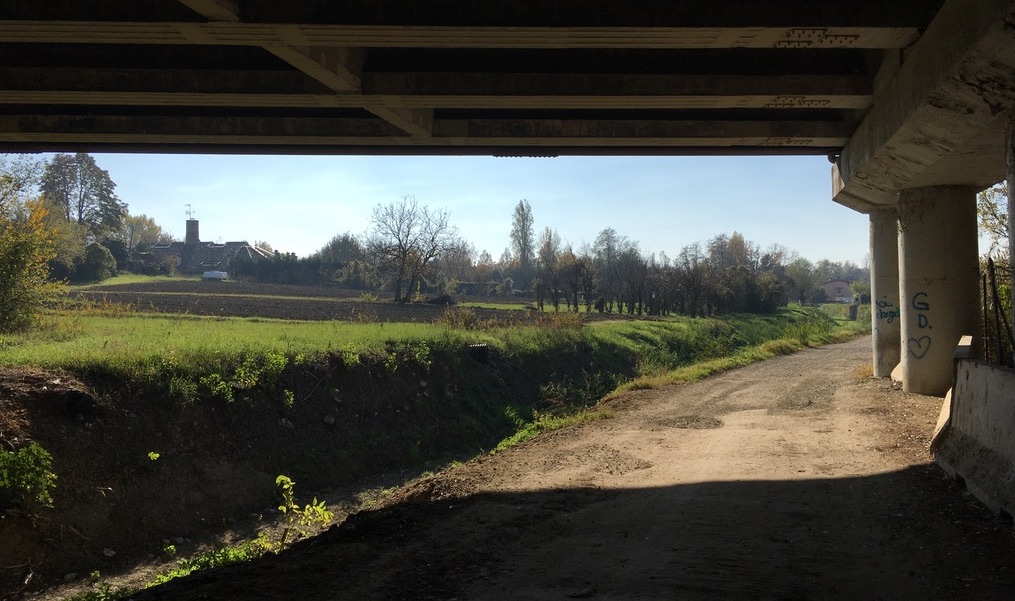PARKS AND GREEN SPACES IN THE CITY
Giardini Margherita: between Via Murri and Via Castiglione, this centrally located park provides city-dwellers with a bit of fresh air. There is a small lake, lots of grass to laze around on, several bars and an open-air disco on summer evenings. For the kids, there is play equipment, trampolines, a carousel and lots of space to play soccer or frisbee.
Parco Cavaioni: take Via San Mamolo, then Via dei Colli to reach this park high above the city.
Parco dei Cedri: you’ll find this great park within easy reach of the city center, just across city limits in San Lazzaro di Savena.
Parco dei Giardini: this park has a small lake with surrounding jogging path and a gelateria. Enter from Via di Corticella, Via dell’Arcoveggio or Via dei Giardini.
Parco del Pellegrino: great views of the city from this park on Via Casaglia. It’s full of cherry trees and you can pick to your heart’s content in the spring. Home also to Ai 300 Scalini, where summer events are held, including concerts. To check the programme, go to www.ai300scalini.blogspot.com.
Parco Montagnola: just off Piazza VIII Agosto, this park hosts the large piazzola open-air market every Friday and Saturday, but is otherwise open to the public. There are fountains, a play area for children and a bar. Entrances are located at Via Irnerio, Via Del Pallone and Via dell’Independenza.
Parco Talon: located on the Porrettana as you enter Casalecchio, this immense park is a great place for long runs, walks and picnics, too. Nearby is the Lido, a “beach” with sand and umbrellas, but you can’t (and probably won’t want to) swim in the river.
A different kind of park is the university’s botanical gardens – a jewel in the center of Bologna that not even many native Bolognese know about. This park’s huge ancient trees keep it cool even during Bologna’s sweltering summer.
Orto Botanico
Via Irnerio, 42
Tel. 051.2091309
www.sma.unibo.it/orto-botanico-ed-erbario
IN THE PROVINCE
Additional information on the parks listed below and others is available in English at www.parks.it.
Accessibile from Ponticella, Pizzocalvo, Ozzano dell’Emilia or Castel de’ Britti, includes guided spelunking visits of the Grotta della Spipola. Visitor’s center Casa Luigi Fantini, named for the first explorer who discovered this cave, is located in San Lazzaro di Savena.
Located in Marzabotto, this large regional park has a scuola di pace (school for peace) and a monument to the WWII massacre of 1,800 Marzabotto area civilians.
Near Sasso Marconi, this hilly 110 hectares is a popular picnic destination, with fountains, tables and bbq pits. Offers a variety of hikes and views of rock tumbling down into the Val di Setta. The restaurant Mugnano di Sopra makes homemade crescentine (fried bread dough).




